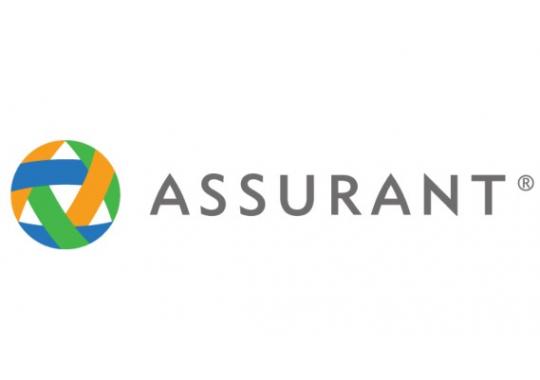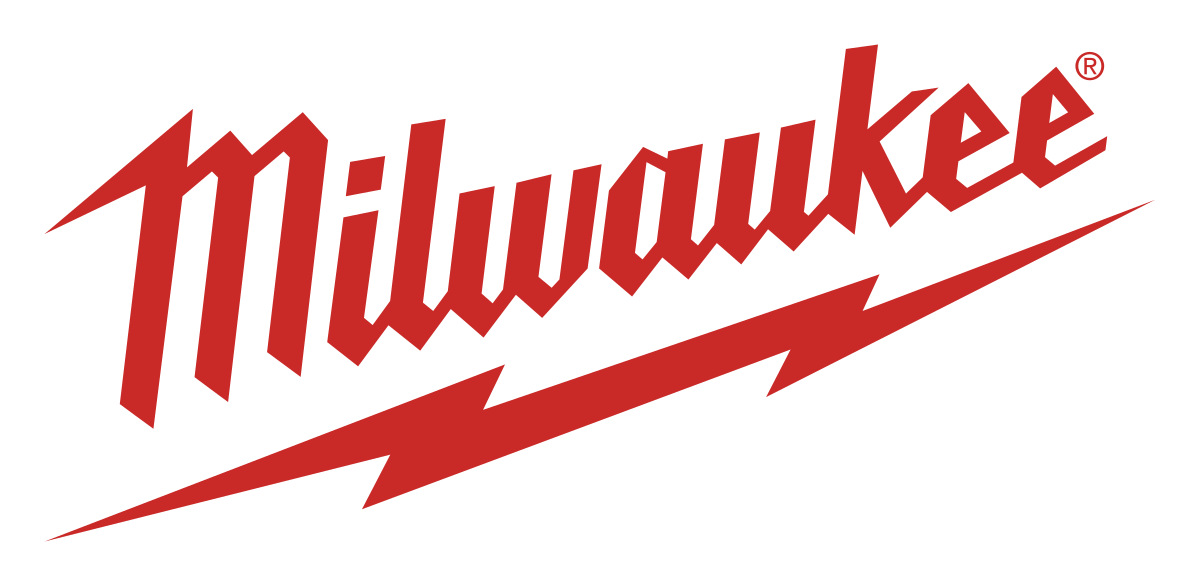What is Legacy Application Modernization?
In today’s digital landscape, businesses face the challenge of keeping pace with advancing technologies while still maintaining legacy applications vital to their operations. Legacy application modernization strategy has emerged as an imperative for organizations seeking to unlock the full potential of their existing systems while aligning with modern IT architectures and meeting evolving business needs.
Understanding Legacy Applications
Legacy applications refer to software systems that have been in use for a significant period, often characterized by outdated technologies, architectures and methodologies. While these applications may have served their purpose effectively in the past, they can become obstacles to innovation, scalability and efficiency as technology evolves.
The Need for Modernization
Several factors drive the need for modernizing legacy applications:
Technological Obsolescence: Legacy systems often rely on outdated technologies that are no longer supported or compatible with modern infrastructures. This tech debt can lead to security vulnerabilities, performance issues and compatibility challenges.
Scalability and Flexibility: Legacy applications may lack the scalability and flexibility required to adapt to changing business requirements and accommodate growth. Modernization enables organizations to leverage cloud-native architectures and microservices for greater agility and scalability.
Cost and Efficiency: Maintaining legacy systems can be costly and resource-intensive due to outdated hardware, software licenses and specialized skill requirements. Modernization can streamline operations, reduce time-consuming maintenance overhead and improve overall cost-efficiency.
User Experience: Legacy applications often struggle to deliver the intuitive, seamless user experiences expected in today’s digital ecosystem. Modernization allows organizations to enhance user interfaces, optimize workflows and deliver superior experiences to customers and employees.
What is Legacy Application Modernization?
Modernizing legacy applications involves the process of updating, refactoring or migrating existing software systems to modern architectures, technologies and methodologies. It encompasses a range of approaches and techniques tailored to the specific needs and constraints of each organization.
Key Components of Modernization:
- Assessment and Analysis: The first step in modernization involves assessing the current state of legacy applications, identifying pain points and evaluating potential risks and opportunities. This includes analyzing code quality, architecture, dependencies and business requirements.
- Strategic Planning: Modernization initiatives require careful strategic planning to define objectives, prioritize tasks, allocate resources and establish timelines. Organizations must align modernization efforts with overarching business goals and IT strategies.
- Technology Selection: Choosing the right technologies and platforms is critical for successful modernization. This may involve adopting cloud computing, containerization, microservices, DevOps practices and other modern paradigms to enhance agility, scalability and resilience.
- Refactoring and Rewriting: Depending on the condition of legacy applications, organizations may opt for refactoring existing code or rewriting applications from scratch using modern development frameworks and languages. This allows for improved maintainability, extensibility and performance.
- Migration and Integration: In some cases, legacy applications may need to be migrated to new environments or integrated with other systems. This requires careful planning to minimize disruptions, ensure data integrity and preserve functionality during the transition.
- Testing and Quality Assurance: Rigorous testing and quality assurance are essential to validate the functionality, performance and security of modernized applications. This includes automated testing, regression testing and user acceptance testing to mitigate risks and ensure a smooth deployment.
- Continuous Improvement: Modernization is an ongoing process that requires continuous monitoring, optimization and adaptation. Organizations must embrace a culture of continuous improvement and innovation to stay ahead of evolving technology trends and business requirements.
Benefits of Legacy Application Modernization
Modernizing legacy applications offers numerous benefits to organizations, including:
- Enhanced Agility and Innovation: Modernized applications enable faster time-to-market for new features and innovations, empowering organizations to respond swiftly to market demands and competitive pressures.
- Improved Scalability and Performance: By leveraging cloud-native architectures and microservices, modernized applications can scale dynamically to handle growing workloads while delivering optimal performance and reliability.
- Cost Reduction and Efficiency: Modernization streamlines operations, reduces maintenance costs and enhances resource utilization, leading to significant cost savings over time.
- Enhanced User Experience: Modernized applications deliver intuitive, responsive user interfaces and seamless workflows, improving user satisfaction and engagement.
- Competitive Advantage: Organizations that embrace modernization gain a competitive edge by leveraging the latest technologies and best practices to drive innovation, productivity and business growth.
Legacy application modernization is not merely about replacing old systems with new ones but rather about transforming existing assets to meet the evolving needs of the digital era. By embracing modernization, organizations can unlock new opportunities for innovation, efficiency and growth while preserving the value of their investments in legacy systems. With strategic planning, businesses can navigate the complexities of modernization successfully and position themselves for long-term success in an increasingly dynamic and competitive landscape.
Our teams work collaboratively with you to provide creative and impactful solutions that help you exceed all of your business goals. From product vision and evolution to platform modernization and cloud enablement, we’re your nearshore software engineering partner.






